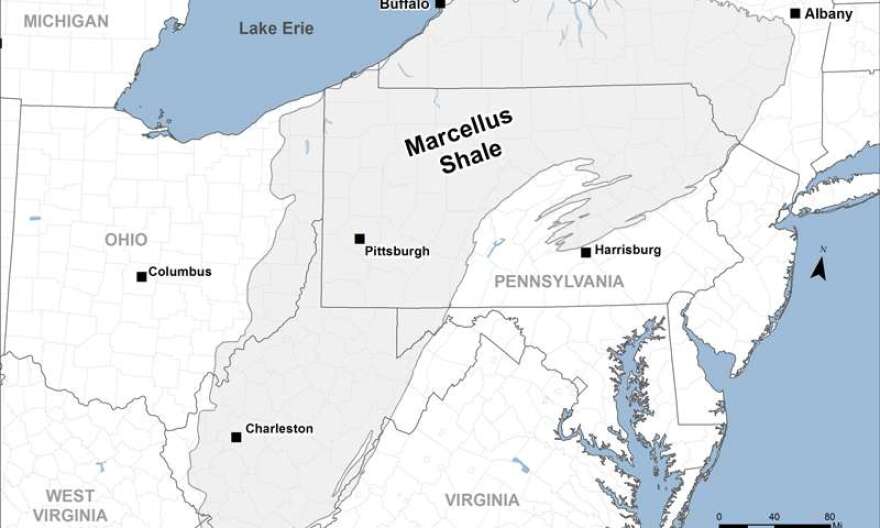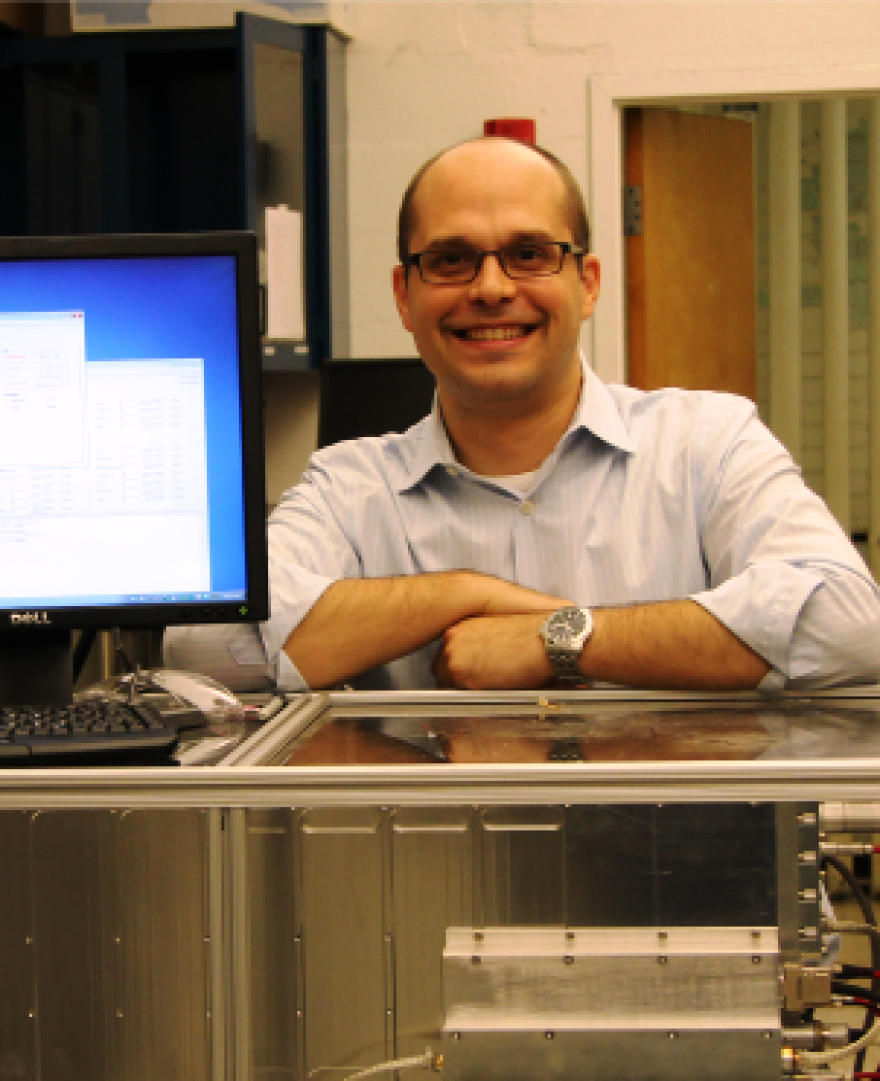EDITOR'S NOTE: The original version of this story incorrectly said Bentley Systems was a funder of the research. Also, the research shows carbon monoxide levels dropped. The original story said carbon dioxide.
The percentage of methane in the air of a Marcellus Shale area of northern Pennsylvania was reported in the Drexel University analysis to be higher than it was before the oil and gas drilling boom came there.

However, the carbon monoxide level is now lower. Researchers says the CO is likely down because drilling, which can release it, is down. But, they say, the methane levels are probably up because natural gas production from the area's completed and operating wells is up, and methane can escape from pipelines that move it to market.

Assistant Professor Peter DeCarlo headed the research that involved Drexel’s mobile laboratory, a van with equipment to sample the air. He says researchers used this approach to document background methane levels throughout the study area.
He acknowledges that the conclusions of innovative research methods can be controversial.
“The data is freely available in a data repository, so people can download the same data that we used to make the conclusions that we made. I think it's really important -- especially on a topic such as this where there’s a lot of politicization -- that we’re trying to be as transparent as possible.”
The Drexel research has received funding from the Electric Power Research Institute and U.S. Department of Transportation.





